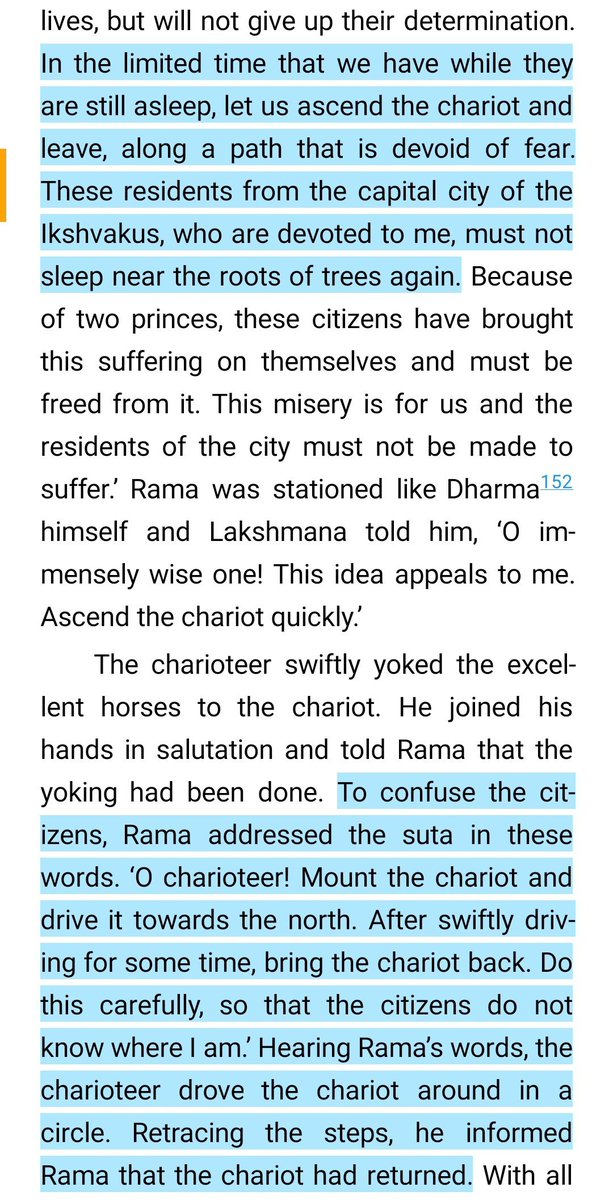Ponniyin Selvan novel is famous for its characters, history and plot twists. Did you know that its geographical descriptions are accurate?
Come, let us travel along Vandhiyathevan to retrace the hero's journey in modern day Tamilnadu, with google map links! A thread (1/13)
Come, let us travel along Vandhiyathevan to retrace the hero's journey in modern day Tamilnadu, with google map links! A thread (1/13)

Vandhiyathevan is on a mission - to deliver secret messages from Kanchipuram to Thanjavur.
After 175km travel, both the hero and his horse are tired. That is when he sees the refreshing visuals of Veeranarayanapura lake.
It was Aadi 18, and the Cholas were celebrating.
After 175km travel, both the hero and his horse are tired. That is when he sees the refreshing visuals of Veeranarayanapura lake.
It was Aadi 18, and the Cholas were celebrating.
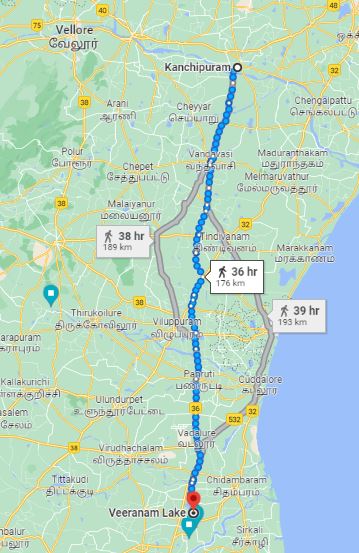
This dam of 16km length was built by Rajaditya Chola who named it after his father Parantaka aka Veeranarayanan.
Ramanuja was influenced by the magnitude of this lake and decided to establish 74 mutts : a number based on the 74 openings in the lake.
Map:
goo.gl/maps/vsbHuj7iP…

Ramanuja was influenced by the magnitude of this lake and decided to establish 74 mutts : a number based on the 74 openings in the lake.
Map:
goo.gl/maps/vsbHuj7iP…


Hero & Aazhvarkadiyaan proceed south to Veeranarayana Perumal temple.
They see a young Nathamuni, singing the 10 known pasurams of the time (who later goes on to discover the lost 3990 pasurams)
This is Kalki's genius: making his reel characters meet real historic people!

They see a young Nathamuni, singing the 10 known pasurams of the time (who later goes on to discover the lost 3990 pasurams)
This is Kalki's genius: making his reel characters meet real historic people!
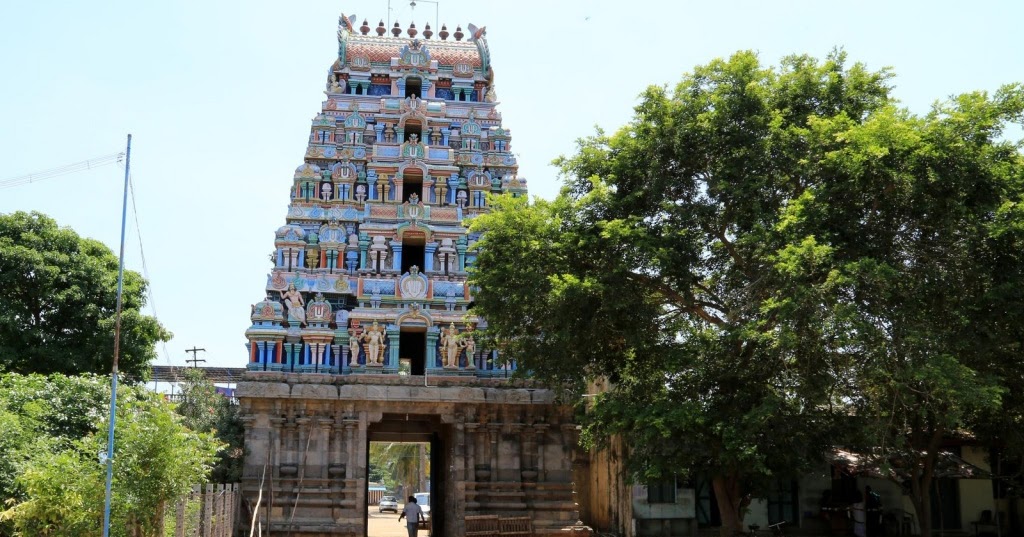

This Abimaana Sthala temple is in Kattumannarkoil, which is 26km from Chidambaram and 6km from Veeranam lake.
Chola inscriptions mention the temple's name as Veeranarayana Vinnagaram (Tamil for Vishnu's Griham-house)
Map:
goo.gl/maps/82HgsYELG…
Chola inscriptions mention the temple's name as Veeranarayana Vinnagaram (Tamil for Vishnu's Griham-house)
Map:
goo.gl/maps/82HgsYELG…
Next, the hero reaches Kadambur Sambuvarayar palace to stay the night.
This is where the plot thickens: he accidentally discovers a secret meeting of conspirators discussing who should become the next king! But where is this Sambuvarayar palace today?
Does it still exist?
This is where the plot thickens: he accidentally discovers a secret meeting of conspirators discussing who should become the next king! But where is this Sambuvarayar palace today?
Does it still exist?

Palaces, however magnificent, if built with red stones do not stand the test of time.
They crumble eventually, unlike temples built with black stone.
Bloggers suggest that Amirthakateshwarar temple in Melakadambur, is the site of Kadambur palace. Map:
goo.gl/maps/MudjfgH9P…

They crumble eventually, unlike temples built with black stone.
Bloggers suggest that Amirthakateshwarar temple in Melakadambur, is the site of Kadambur palace. Map:
goo.gl/maps/MudjfgH9P…

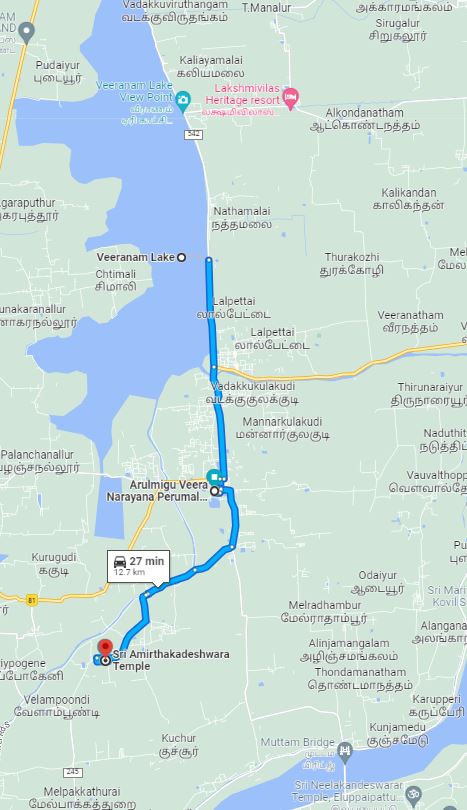
The next morning, influenced by Aazhvarkadiyaan, the hero reaches Kumbakonam to meet Kudanthai astrologer.
This is where he meets his love interest, Kundhavai for the first time.
This house is near Kotteeswaran temple, a Paadal Petra Sthalam.
Map: goo.gl/maps/MH7H7UnTu…

This is where he meets his love interest, Kundhavai for the first time.
This house is near Kotteeswaran temple, a Paadal Petra Sthalam.
Map: goo.gl/maps/MH7H7UnTu…


Let us take a slight detour - and travel along with Aazhvaarkadiyaan.
He crosses Kollidam river to follow Pandya conspirator Idumbankaari, who meets his leader Ravidasan at Thirupurambiyam Pallipadai at midnight.
This secret place exists even today!

He crosses Kollidam river to follow Pandya conspirator Idumbankaari, who meets his leader Ravidasan at Thirupurambiyam Pallipadai at midnight.
This secret place exists even today!
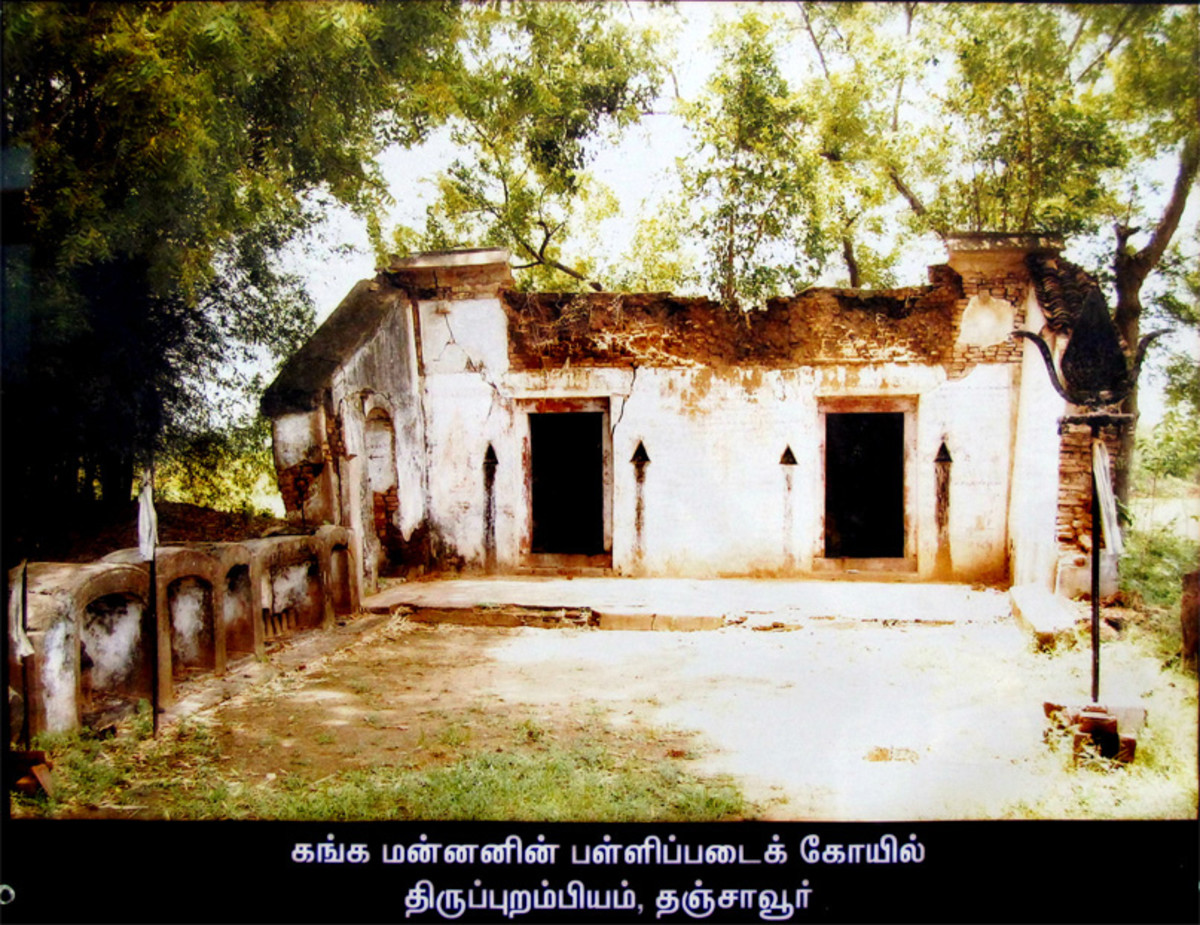

This Pallipadai temple was built to honor king Prithvipathi, who d!ed in the Thirupurambiyam battle. This battle changed the course of history, resulting in the fall of Pallavas & the rise of Cholas. Today, it is is in ruins with no walls or visitors!
Map:goo.gl/maps/yiXik3qp3…

Map:goo.gl/maps/yiXik3qp3…

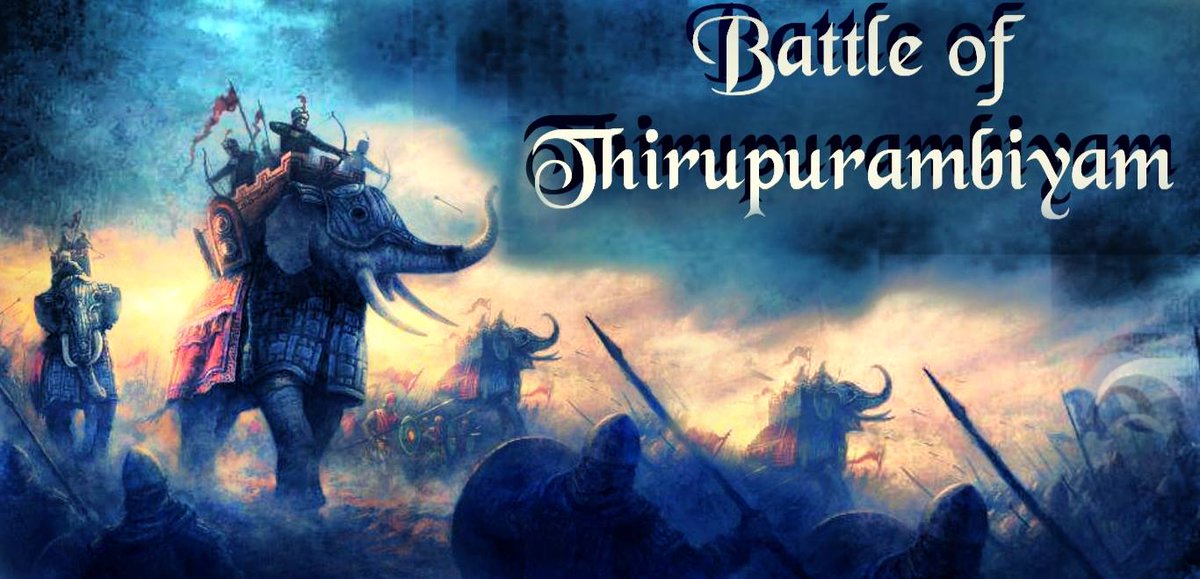
After multiple adventures in the Tanjore palace, hero finally reaches Pazhaiyaarai - the old capital of Cholas. To deliver the 2nd message to Kundavai.
Nathan Koil and Vadathalli Koil at Pazhaiyaarai are mentioned in the novel.
Map: goo.gl/maps/h2Jrwf8no…

Nathan Koil and Vadathalli Koil at Pazhaiyaarai are mentioned in the novel.
Map: goo.gl/maps/h2Jrwf8no…


What about the multistoried palaces in Pazhayaarai where Kundhavai & Arulmozhi were born?
The Cholas, their majestic temples had lasted the test of time, but their magnificent palaces didn’t.
Nothing remains of them, except for their memories.
Link: goo.gl/maps/fU9CRQiKe…
The Cholas, their majestic temples had lasted the test of time, but their magnificent palaces didn’t.
Nothing remains of them, except for their memories.
Link: goo.gl/maps/fU9CRQiKe…

He delivers the 2nd scroll to Kundhavai to complete his mission.
Phew, the hero's journey from Part 1 comes to an end here.
He travels a grand total of 350km from Kanchipuram to Pazhaiyaarai with multiple detours, betrayals, friendships and loves!
Next Stop - Lanka!
Phew, the hero's journey from Part 1 comes to an end here.
He travels a grand total of 350km from Kanchipuram to Pazhaiyaarai with multiple detours, betrayals, friendships and loves!
Next Stop - Lanka!
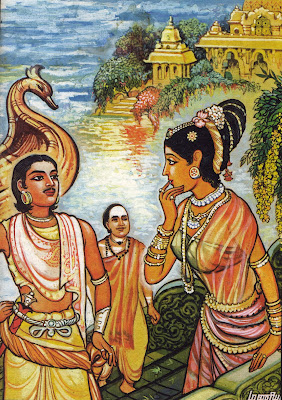
Want to read a delightfully written retelling of Ponniyin Selvan with dialogues and full plot in 300 pages?
Buy Ponniyin Selvan Route Map on Amazon - for Rs.99 only. It also has detailed route map for the entire novel!
Link: amzn.to/41IHcZU
Buy Ponniyin Selvan Route Map on Amazon - for Rs.99 only. It also has detailed route map for the entire novel!
Link: amzn.to/41IHcZU
• • •
Missing some Tweet in this thread? You can try to
force a refresh








